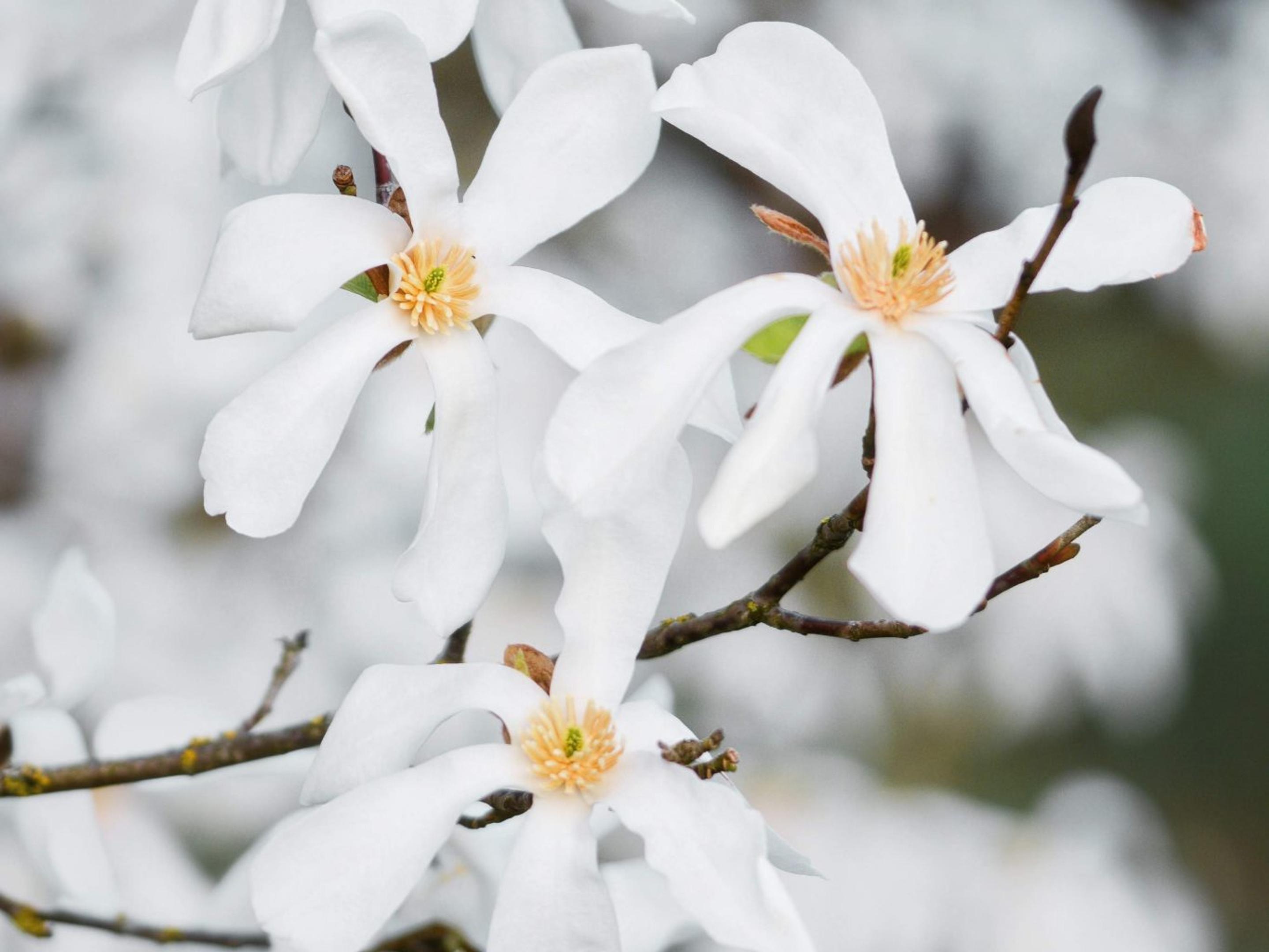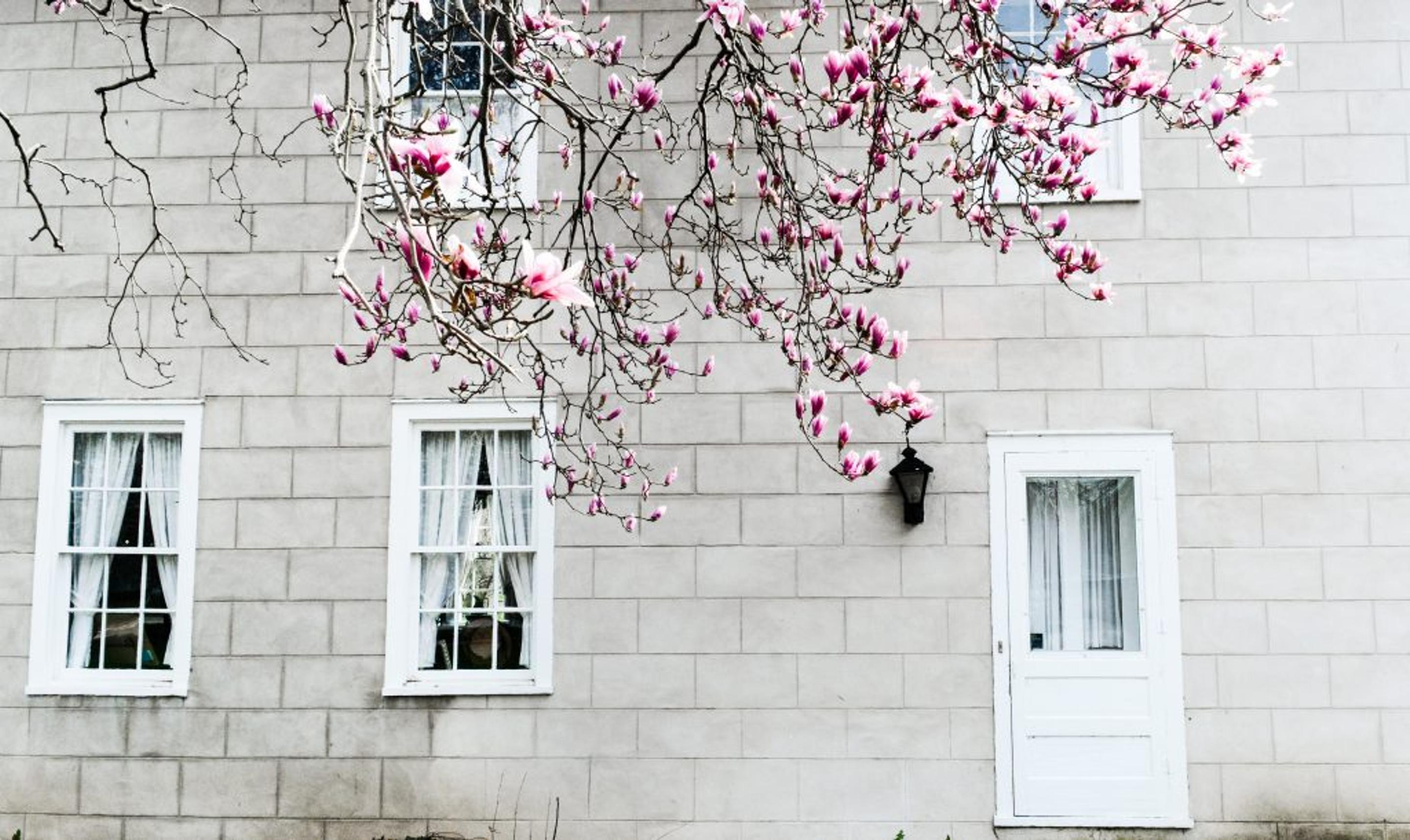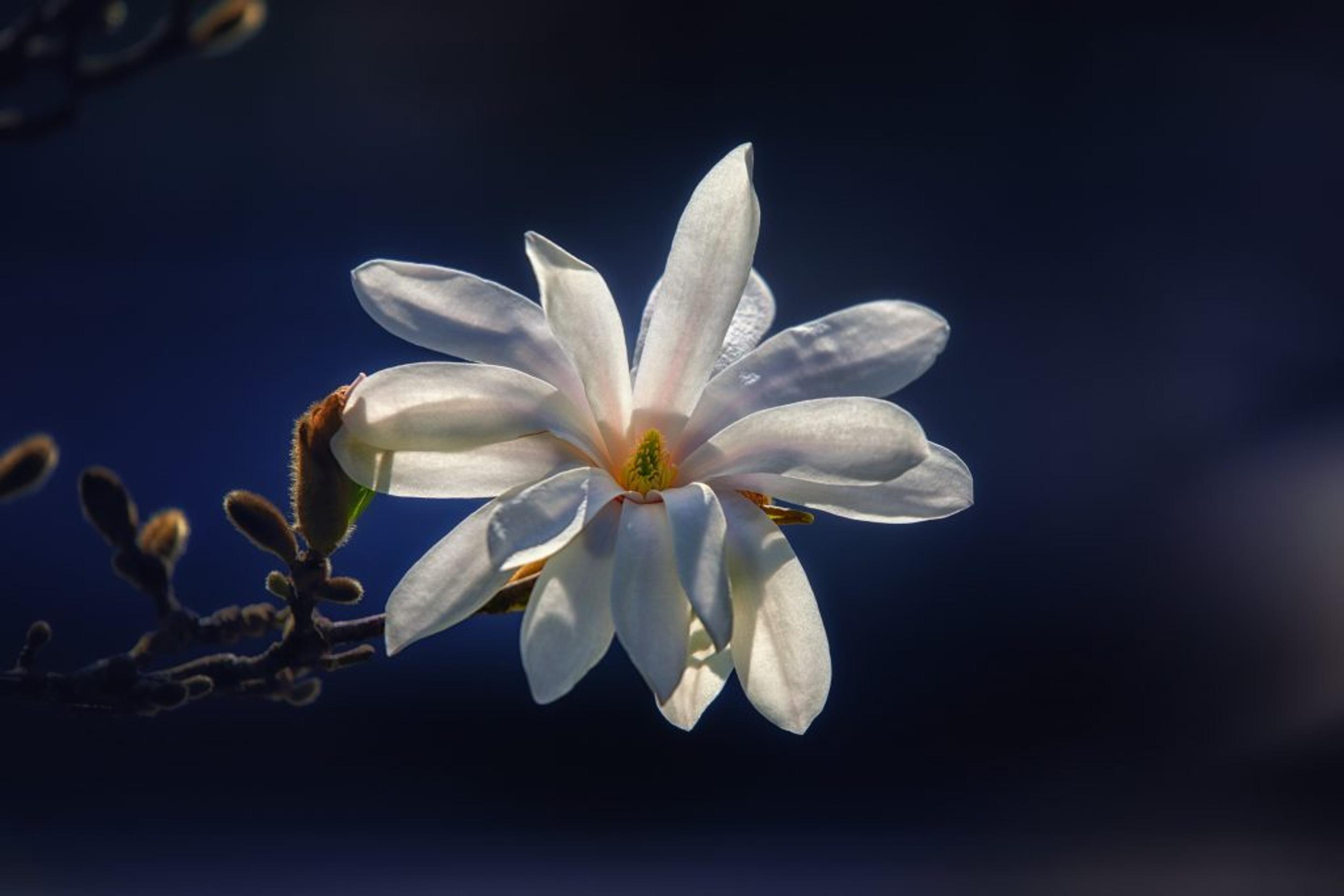
As Spring approaches and settles in for a bit, you may have noticed the beautiful blooming blossoms of the Magnolia Tree.
And if you’re lucky enough to take a whiff of one, you’ll know what we mean when we say their lovely fragrance is the perfect representation of Spring; light, airy, and sweet.
Ah, sweet, sweet Spring-time.
Magnolia Trees have actually been around for quite a long time, with fossils dating back 36 million to 58 million years ago.
Yup, we’re talking Ice Age times.
The lovely Magnolia has been a huge part of Chinese, Japanese, and Aztec history since the 7th Century, and was discovered in the Americas by Europeans in 1688.
Think you know all there is to know about these iconic trees? Well, think again!

Top 5 Magnolia Tree Facts We Bet You Didn't Know
5. The Pride and Joy Magnolia

The Southern Magnolia is the state flower of both Mississippi and Louisiana, and with the name Magnolia grandiflora, we think its iconic Southern presence speaks for itself!
The Magnolia’s grand blossoms stand out among all the rest, not to mention they are one of the tallest varieties of Magnolia, growing up to 80 feet.
According to the Magnolia Society International, there are over 240 species of Magnolias and thousands of cultivated varieties. However, the Southern Magnolia, found all along the east coast, is often referred to as the most beautiful.
Because there are so many different cultivars of the great Magnolia, you have the freedom to choose one based on personal preferences such as shape, size, foliage characteristics, and bloom season.
The Sweet Bay Magnolia or Magnolia virginiana, otherwise known as ‘swamp magnolia,’ covers the coasts of Louisiana, Mississippi, and Alabama. Their smaller size and dark blue-green leaves paired with a silver underside throughout the winter, and small creamy white blooms in the early spring make them quite a sight for sore eyes.
4. The Edible Magnolia

The cone-shaped buds of the Magnolia Tree act as a sort of fruit many animals love to snack on.
P.S. The Magnolia grandiflora is also edible to humans, food for thought.
We love a good pun.
However, they taste how they smell, so beware and don’t ask how we know.
The Magnolia’s fresh flower petals do have a bit of a pungent ginger-cardamom taste, that can be used as a little pop of flavor when added to a salad.
Beware: They can be quite strong, so use sparingly!
The flower petals can also be dried and sprinkled onto foods all year round!
Click here for a list of safe-to-eat varieties!
3. Symbolism and the Steel Magnolia

The Magnolia is often symbolic of high status, nobility, perseverance, and dignity.
Commonly used in wedding bouquets, they also tend to represent the purity and dignity of the bride.
The tree itself is often a symbol of strength and magnificence because of its towering stature and abundant blooms.
We’ve all seen the 1989 film “Steel Magnolias,” right? If you haven’t, well, what are you waiting for? If you have, you’ll know exactly what we’re talking about.
A “steel magnolia” is a popular phrase among Southern women and refers to the delicate yet strong character of a Southern woman.
Let’s hear it for all you strong Southern ladies out there!
2. The Calming Magnolia

Deep breath in…deep breath out. Doesn’t this little blossom just make you feel calmer? No? Just us?
But seriously, Magnolia actually does aid in sleep, memory, and anxiety.
Specifically, Magnolia bark has been a powerhouse in traditional medicine for centuries. Who knew? When taken as a supplement, its bioactive compounds can address conditions from anxiety to inflammation. They can also aid in healthy sleeping patterns, stress reduction, weight management, memory production, and brain health.
Count us in!
Fun fact: Magnolia bark is commonly found in toothpaste, supplements, tea, and topical oils!
Of course, always consult your doctor before beginning any supplemental regiment.
1. Magnolia, the Grandma

Not only are they one of the most prehistoric flowering trees on Earth today, but Magnolias can also live from 80 to 120 years, pretty impressive, right?
The magnificent Magnolia’s life cycle begins at the seed and can end up growing to 60 to 80 feet. That’s one tall grandma!
Even more impressive? The Magnolia Atlas boasts the biggest flowers, which can reach a whopping 14 inches across!
They begin as seedlings, and journey through their sapling stage until they become Juveniles. Magnolias remain in this Juvenile stage for about 20-25 years and are unable to produce seeds or flowers.
Once they reach their flowering stage, bees and beetles pollinate their lovely blooms by carrying pollen from one flower to another.
Ah, the cycle of life.
Well, if you need us, we’ll be checking to see if we have space for an 80 foot tree in the backyard…
Hungry for more? We don’t blame you! Check out Southern Living’s Complete Guide to Magnolia Trees for more on the various species of Magnolia!


